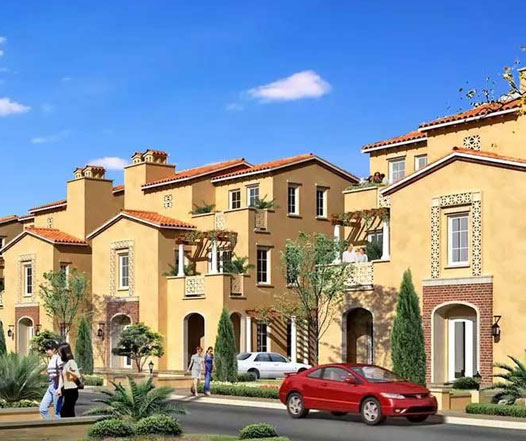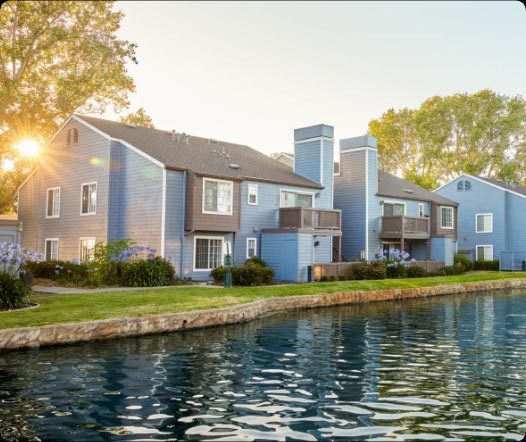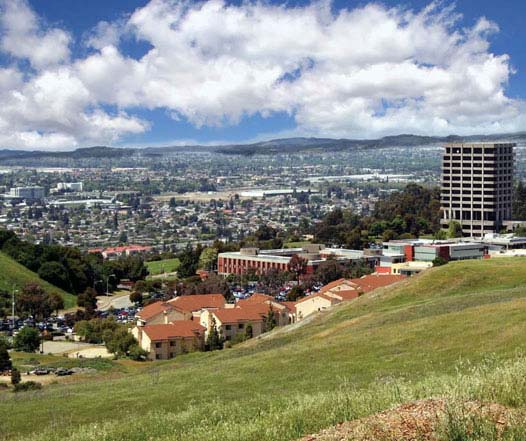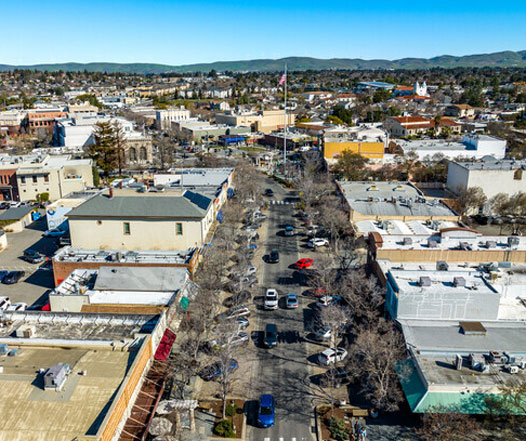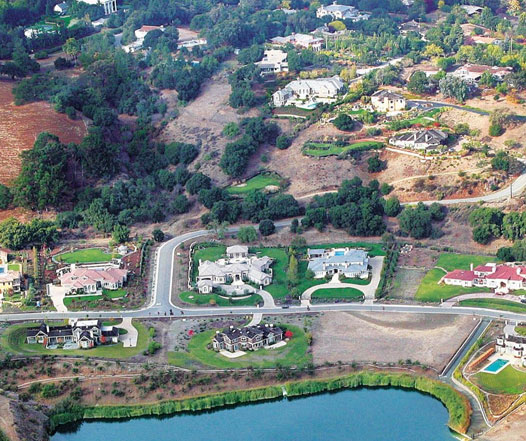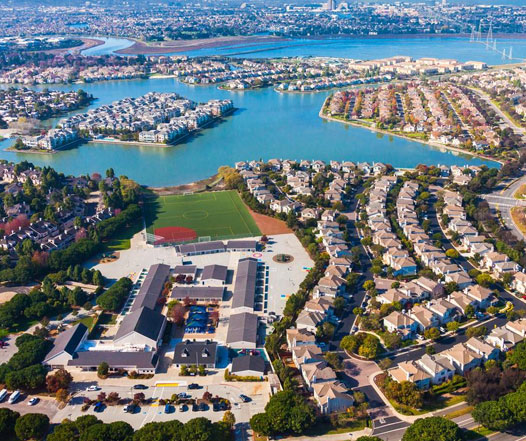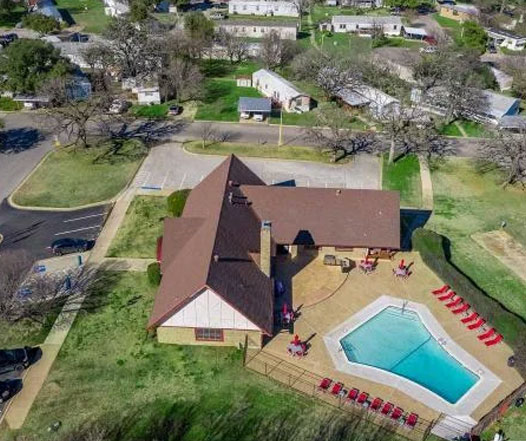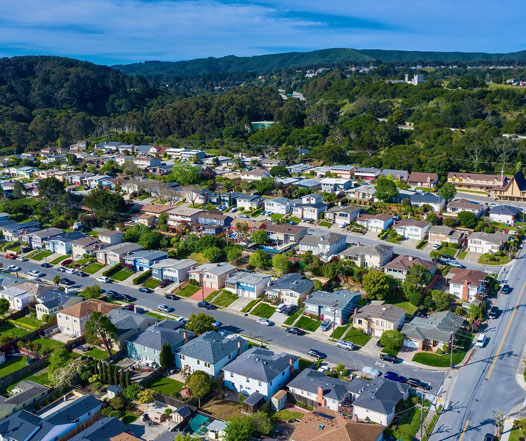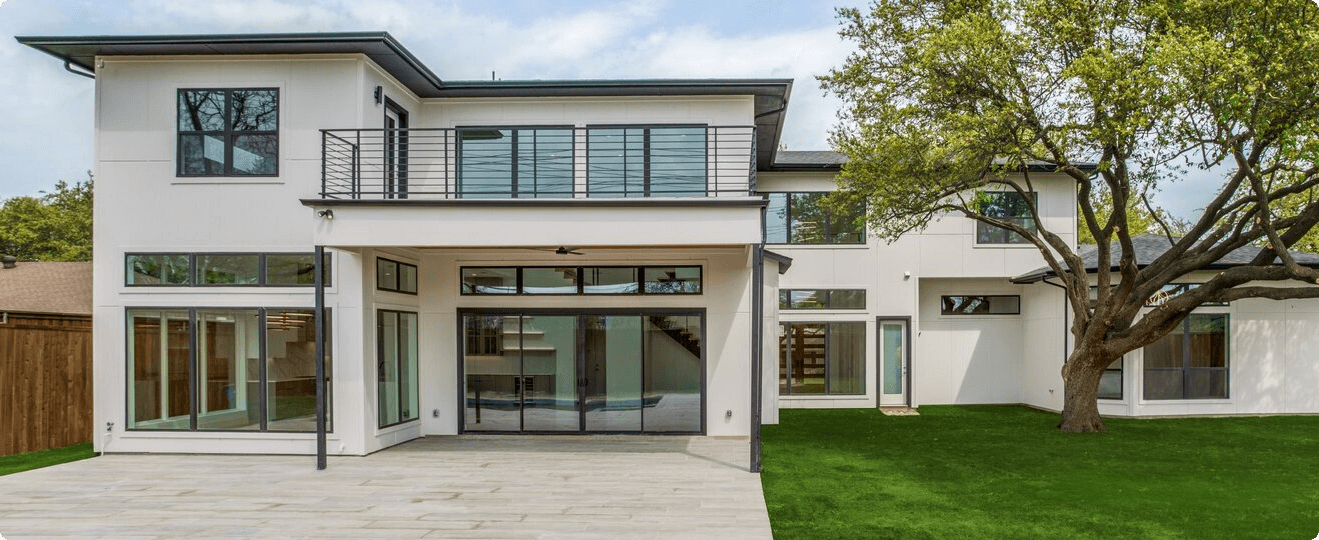
Introduction
Mount Hamilton, known for its scenic views and tranquil setting, offers residents a unique opportunity to expand their living spaces through Accessory Dwelling Units (ADUs). The regulations here are designed to balance the natural beauty of the area with the growing need for housing. ADUs in Mount Hamilton provide a flexible solution for families, rental income, or personal retreats. Understanding the local regulations is essential for successful ADU development. For personalized assistance and expert advice, ADU Specialist Bay Area is your go-to resource.
Essential ADU Rules for Mount Hamilton
What you can build
Maximum size
ADUs can be up to 1,000 square feet, depending on the lot size and existing structures.
Side / rear setbacks
Minimum 5 feet from property lines, ensuring privacy and space.
Two stories
Permitted with design review to ensure harmony with the neighborhood.
Building separation
Maintain a minimum of 8 feet from the main dwelling.
Permitting timeline
Standard
Typically, permits are processed within 45-75 days.
Coastal
Not applicable, simplifying the permitting process.
Zoning Regulations in Mount Hamilton
Mount Hamilton’s zoning regulations are crafted to support responsible development. ADUs are generally allowed in residential zones, but specific requirements must be met.
ADU Size Limitations
| Lot Size | Single-Family (Maximum Floor Area Allowed) | Duplex and Multi-Family (Maximum Floor Area Allowed) |
| Under 7000 | 700 sq ft | Not permitted |
| 7000 - 9999 | 800 sq ft | 1 ADU + 400 sq ft per existing unit (up to 1000 sq ft max) |
| 10000 - 12999 | 900 sq ft | 1 ADU + 450 sq ft per existing unit (up to 1000 sq ft max) |
| 13000 - 19999 | 1000 sq ft | 1 ADU + 500 sq ft per existing unit (up to 1000 sq ft max) |
| 20000+ | 1100 sq ft | 1 ADU + 550 sq ft per existing unit (up to 1200 sq ft max) |
ADU Height Limitations
The maximum height for ADUs is 18 feet, ensuring they fit well within the residential context.
Building Coverage
ADUs should not exceed 40% of the lot area, promoting open spaces and environmental balance.
Location
| Property Type | Location Requirement |
| Single-Family Homes | Attached ADUs: Within the main structure. |
| Detached ADUs: Located in the backyard. | |
| Junior ADUs (JADUs): Inside the main house. | |
| Duplex and Multifamily | Attached ADUs: Connected to existing units. |
| Detached ADUs: Placed in the rear yard. |
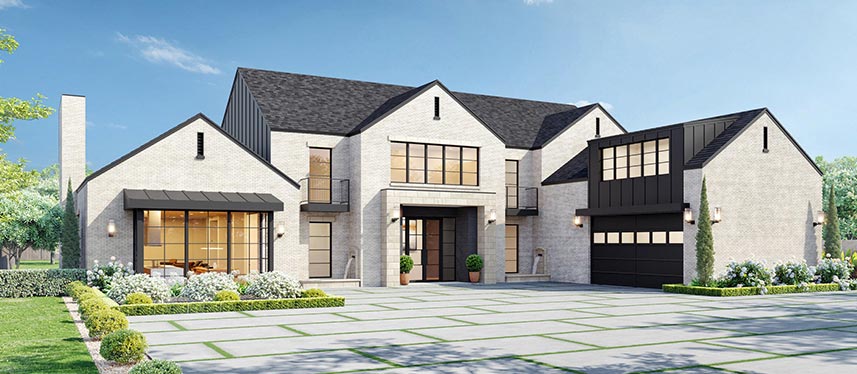
Exterior details
ADUs must match the primary residence’s design, including roofline, materials, and colors to ensure aesthetic consistency.
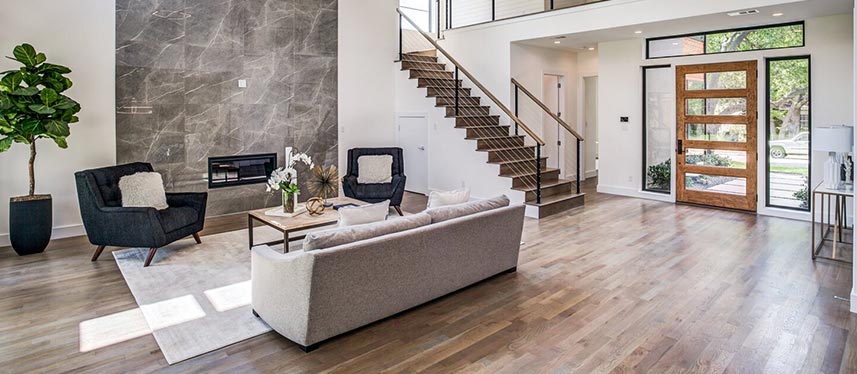
Parking
One additional parking space is required per ADU, with exceptions for properties within half a mile of public transit or car-sharing locations.
Setbacks and buffer zones
Minimum setbacks of 5 feet from side and rear property lines are required to maintain privacy and space.
Minimum Lot Area
| Lot Size | Minimum Lot Area for ADU | Description |
| Under 7000 | ADUs not permitted | Limited space restrictions |
| 7000 - 9999 | 7000 sq ft | Moderate-sized lots |
| 10000 - 12999 | 10000 sq ft | Larger lots |
| 13000 - 19999 | 13000 sq ft | Spacious lots |
| 20000+ | No minimum lot area requirement | Very spacious lots |
Connection for utilities
All ADUs must be connected to the primary residence’s utilities, including water, sewer, electricity, and gas, ensuring efficient service.
Fire safety
ADUs must comply with local fire codes, including the installation of smoke detectors, fire extinguishers, and emergency exits.
Room specifications
- Sleeping Areas: Must have egress windows and sufficient natural light.
- Kitchen: Full kitchen with stove, sink, refrigerator, and storage.
- Bathroom: Includes a toilet, sink, and shower or bathtub.
- Storage: Adequate storage spaces such as closets and cabinets are required.
Short-term Rentals and Home Occupations Regulations
Short-term rentals are permitted with proper licensing. ADUs can also be used for home-based businesses, adhering to local regulations.
Building Codes
ADUs must adhere to California Building Codes, ensuring safety, durability, and habitability.
Mount Hamilton ADU Permit Guidelines
| Permit Type | Description | Estimated Fee |
| Building Permit | Required for ADU construction. | $2500 - $5000 |
| Electrical Permit | For electrical installations. | $400 - $700 |
| Plumbing Permit | For plumbing systems. | $400 - $700 |
| Mechanical Permit | For HVAC installations. | $400 - $700 |
| Grading Permit | For site grading. | $300 - $500 |
| Site Development Permit | For overall site planning. | $300 - $500 |
| Zoning Permit | Ensures zoning compliance. | $200 - $400 |
Property requirements
Properties must meet zoning, building code, and design standards to qualify for ADU development in Mount Hamilton.
Parking
Each ADU must have one off-street parking space, unless located near public transit options.
Front setbacks
Front setbacks must be at least 20 feet, maintaining the area’s open and spacious feel.
Side and rear setbacks
Side and rear setbacks are a minimum of 5 feet to ensure adequate spacing and privacy.
Open space and rear yards
ADUs should not occupy more than 40% of the rear yard, maintaining balance between built and open spaces.
Properties that qualify
To determine your property’s eligibility for ADU development, contact the Mount Hamilton Planning Department.
- Verify that your property is within Mount Hamilton’s jurisdiction.
- Check the specific residential zones that permit ADUs. Common zones in Mount Hamilton include R-1, R-2, and R-M.
- Other General Plan designations that permit ADUs:

- Residential Mixed-Use (RMU): Encourages a blend of residential and commercial uses with ADU potential.
- Transit-Oriented Development (TOD): Supports ADUs near transit hubs for reduced car dependence.
- Specific Plan areas: Designated areas with tailored ADU guidelines to promote growth.
Development standards
Single-family
- Attached: Must integrate with the main house, sharing a common wall.
- Detached: Located in the backyard, following design and setback requirements.
Duplex properties
- Attached: Connected directly to the existing building, following design standards.
- Detached: Positioned in the rear yard, adhering to design and setback rules.
Multifamily properties
- Attached: Incorporated into the existing structure.
- Detached: Placed in the rear yard, maintaining consistency with the primary buildings.
Junior ADUs (JADUs)
JADUs are smaller units within the main residence, typically utilizing existing space such as basements or garages.
Property designations
- Flood Zones: ADUs in flood zones must meet specific elevation and construction standards for safety.
- Geohazard Zones: Require additional assessments to ensure stability and safety.
- Historic Designation: Must maintain historical character, limiting exterior changes.
- Easements: ADUs cannot infringe on easements, ensuring access and utility service.
Summary
Mount Hamilton’s ADU regulations provide a framework for developing additional living spaces while preserving the area’s natural beauty. By adhering to size, height, and setback requirements, homeowners can create ADUs that enhance their properties and community. For expert assistance, ADU Specialist Bay Area can help you navigate the process and ensure compliance.
FAQ
Setbacks ensure adequate space between structures, with minimum requirements of 5 feet from side and rear property lines.
ADUs must connect to the main residence’s utilities, including water, sewer, electricity, and gas.
ADU additions can increase property taxes based on the added value of the new unit.
One off-street parking space per ADU is required, with exemptions for transit-adjacent properties.
ADUs must comply with California Building Codes to ensure safety and habitability.
Design standards require ADUs to complement the primary residence in materials, colors, and architectural style.
Zoning regulations define allowable locations and ensure ADUs fit within community character.
ADU size is dictated by lot size and existing structures, with a maximum of 1,000 square feet.
ADUs typically require additional insurance coverage due to the increased property value.
ADUs must meet energy efficiency standards, including proper insulation, windows, and HVAC systems.
ADUs must adhere to local noise ordinances to minimize disturbances to neighbors.
Permit costs range from $2,500 to $5,000, depending on the project scope and specific requirements.
Occupancy standards ensure ADUs are safe and comfortable, typically based on size and intended use.
Fire safety requirements include smoke detectors, fire extinguishers, and accessible exits.
Short-term rentals are allowed with proper permits, adhering to local regulations.
Landscaping should enhance the property and include sufficient green space to balance built areas.
Historic properties must preserve their character, limiting exterior modifications.
Design should consider privacy, including window placement and landscaping buffers.
ADUs must have access to waste management services, including trash and recycling.
ADUs require a unique address and access to mail delivery services for proper identification and service.






